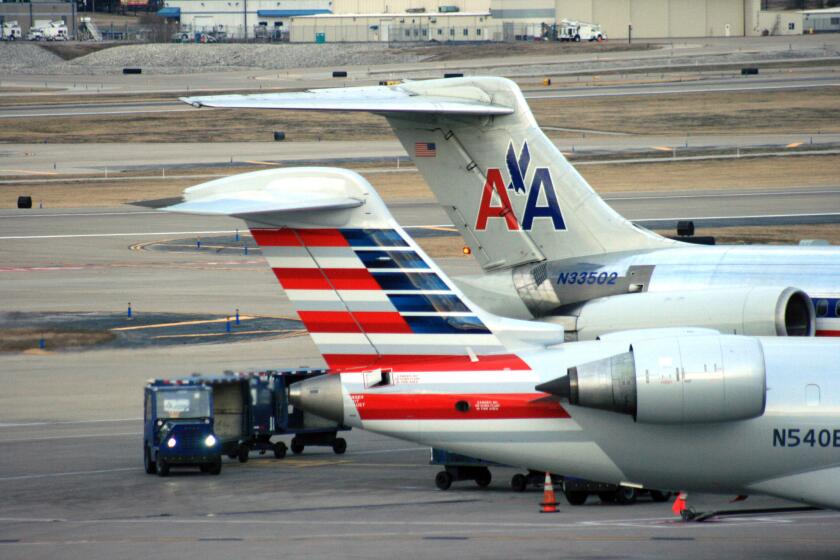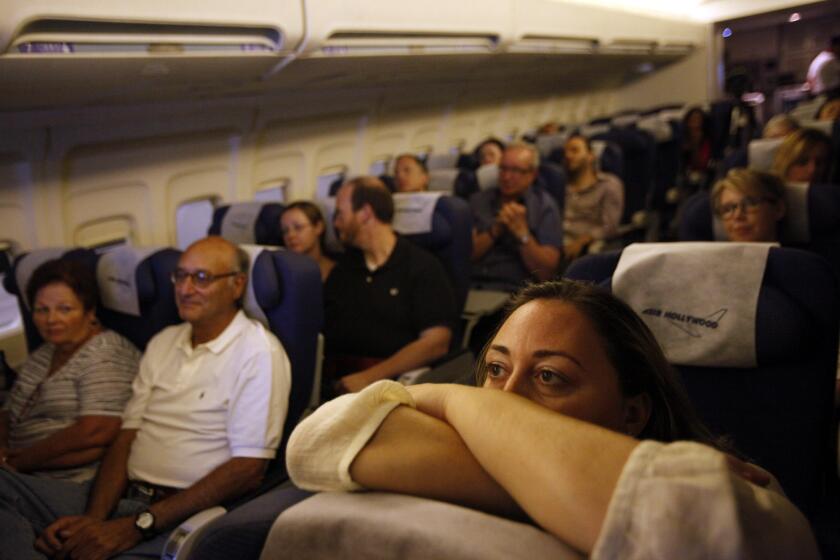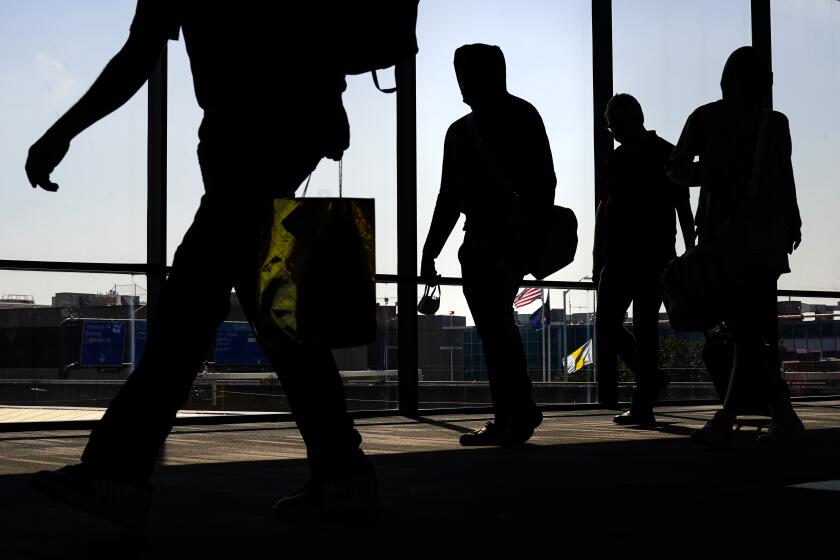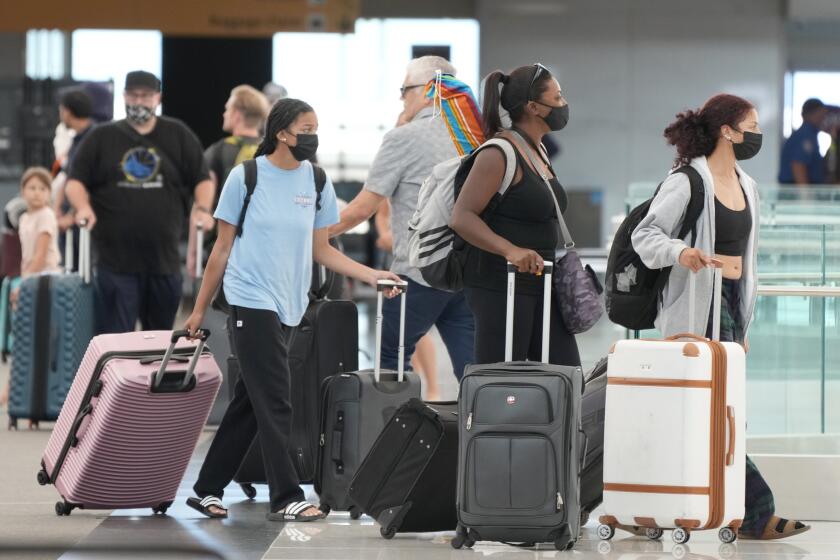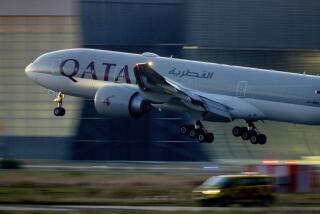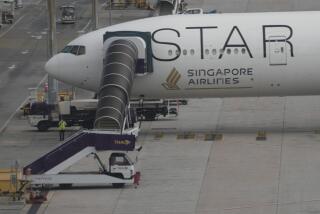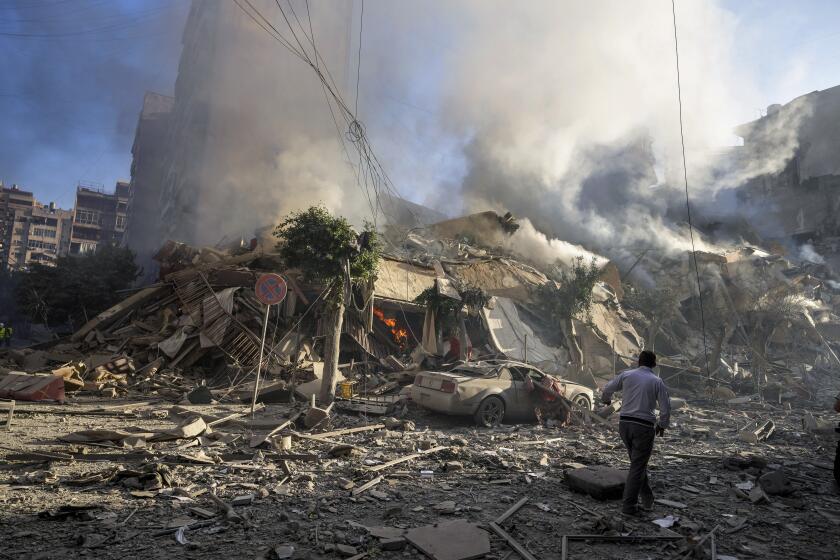11 people seriously injured amid turbulence on Hawaii flight
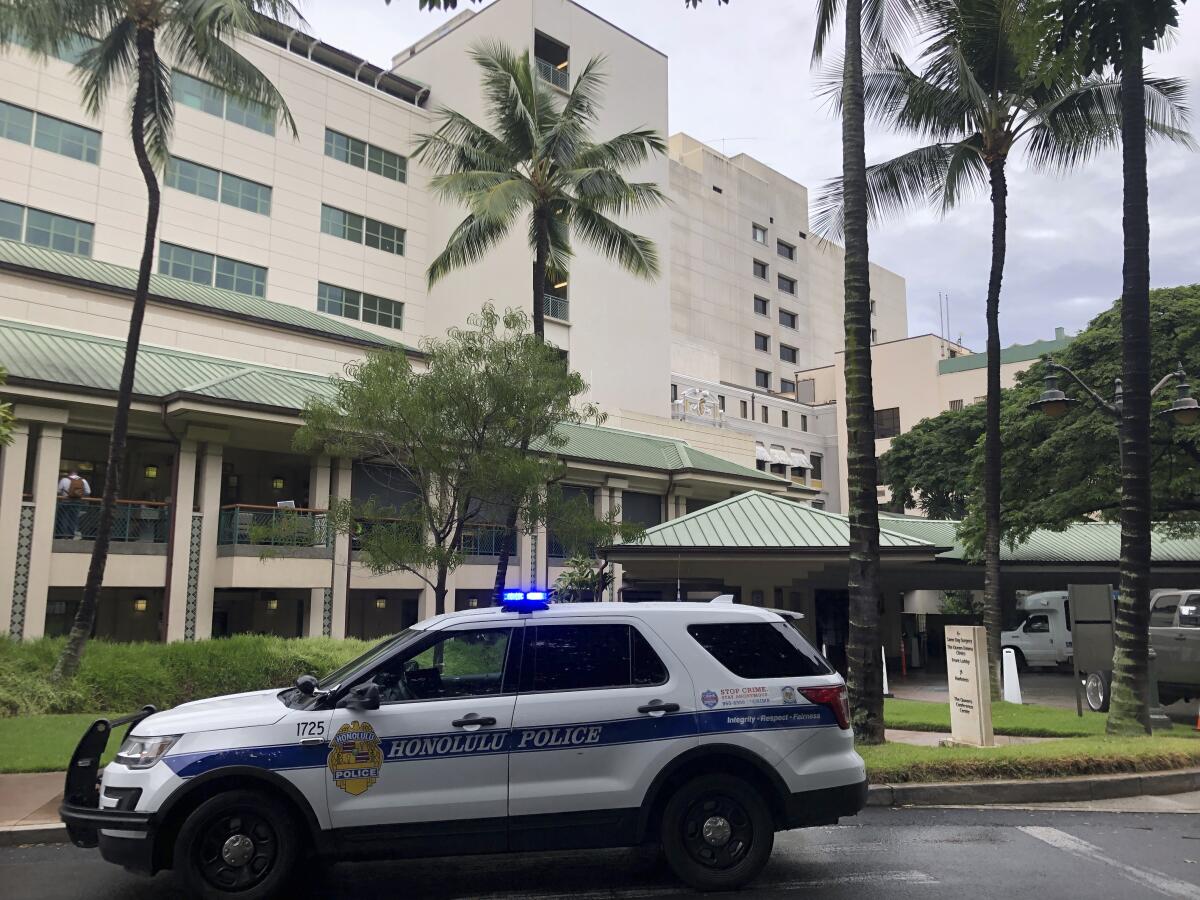
HONOLULU — A flight from Phoenix to Honolulu carrying many passengers traveling for the holidays encountered severe turbulence shortly before landing, sending some unrestrained people and objects flying about the cabin and seriously injuring 11, officials and passengers said.
In all, 36 people received medical treatment after Sunday’s turbulent Hawaiian Airlines flight for bumps, bruises, cuts and nausea, said Jim Ireland, director of Honolulu Emergency Medical Services. Twenty people were taken to hospitals, including 11 in serious condition.
“We feel fortunate that there were not any deaths or other critical injuries. And we’re also very hopeful that all will recover and make a full recovery,” Ireland said.
The full flight had nearly 300 people aboard and carried many passengers traveling to Hawaii for the holidays, like Jacie Hayata Ano, who was heading home.
“It was just rocky,” she told KHON-TV. “And then, it quickly just escalated to the point where we’re shaking so much that we were pretty much, like, floating off of our chairs.”
Passenger Jodette Neely told NBC’s “Today” show that she saw people hitting their heads on the aircraft’s ceiling.
Luggage and beverage carts crashed and rolled on an American Airlines jet as it hit severe turbulence on a flight from South Korea to Dallas.
“I was grabbing the seat in front of me, the top of it, to hang on, even though I had my seat belt on,” she said.
Hawaiian Airlines Chief Operating Officer Jon Snook said such turbulence is isolated and unusual, noting that the airline hadn’t experienced anything like it in recent history. Three flight attendants were among the injured, he said.
Passenger Kaylee Reyes told Hawaii News Now that her mother had just sat down when the turbulence hit and had not had a chance to buckle her safety belt.
“She flew up and hit the ceiling,” Reyes said.
Airlines are using new software that transmits weather data from planes in the air to analysts on the ground, allowing pilots to avoid turbulence that can injure passengers and damage planes.
Jazmin Bitanga, who was also traveling home for the holidays, said there were two drops in altitude, including one that was so strong that it sent her boyfriend’s water bottle into the plane’s ceiling.
“I turned around and there [were] a couple of people bleeding and just bracing themselves,” she told Hawaii News Now. “Just all around me there were people crying.”
There was some internal damage to the aircraft during the turbulence, Snook said. The seat belt sign was on at the time, though some of those injured weren’t wearing them, he said.
Thomas Vaughan, a meteorologist with the National Weather Service in Honolulu, said there had been a thunderstorm advisory that covered Oahu and areas in the plane’s flight path at the time of the turbulence.
If you’re looking for airline tickets or a hotel room around the holidays, you’ll probably pay more than you did last year.
The airline was aware of the weather forecast and the unstable air and weather conditions but had no warning that the particular patch of air where the turbulence occurred “was in any way dangerous,” Snook said.
He didn’t know how much altitude the plane lost during the turbulence, saying that would be part of an investigation involving the National Transportation Safety Board. The plane’s flight data recorder would provide those details, he said.
The investigation would also address precisely what the passengers and crew were doing at the time, he said.
The Airbus A330-200 began its descent immediately after the turbulence, and the crew declared an emergency because of the number of injuries on board, he said. Air-traffic controllers gave the flight priority to land.
Start your day right
Sign up for Essential California for the L.A. Times biggest news, features and recommendations in your inbox six days a week.
You may occasionally receive promotional content from the Los Angeles Times.
The aircraft will undergo a thorough inspection and maintenance, mostly to fix components in the cabin, Snook said.
Snook said that he could only speculate on whether some passengers hit their heads, but that it was likely based on the injuries and the damage to cabin paneling.
“If you don’t have your seat belt on, you stay where you are as the aircraft goes down, and that’s how those injuries occur,” Snook said.
The investigation will examine what other measures were taken, aside from turning on the seat belt sign, to ensure passengers that were buckled in, he said.
The summer travel season has been chaotic. Industry insiders put much of the blame on airline executives who scheduled thousands of extra flights to cash in on demand.
In 2019, 37 passengers and flight crew members were injured when an Air Canada flight from Vancouver to Sydney hit intense turbulence about two hours past Hawaii. The Boeing 777-200 was diverted to Honolulu, where the injured received treatment. Thirty people were taken to hospitals, and nine had serious injuries.
Over the Atlantic, a 2017 American Airlines flight from Athens hit severe turbulence along the New York coastline. Seven crew members and three passengers were injured.
Most people associate turbulence with heavy storms. But the most dangerous type is so-called clear-air turbulence. The wind-shear phenomenon can occur in wispy cirrus clouds or even clear air near thunderstorms, as differences in temperature and pressure create powerful currents of fast-moving air.
Planes can sail into clear-air turbulence without warning.
More to Read
Sign up for Essential California
The most important California stories and recommendations in your inbox every morning.
You may occasionally receive promotional content from the Los Angeles Times.
